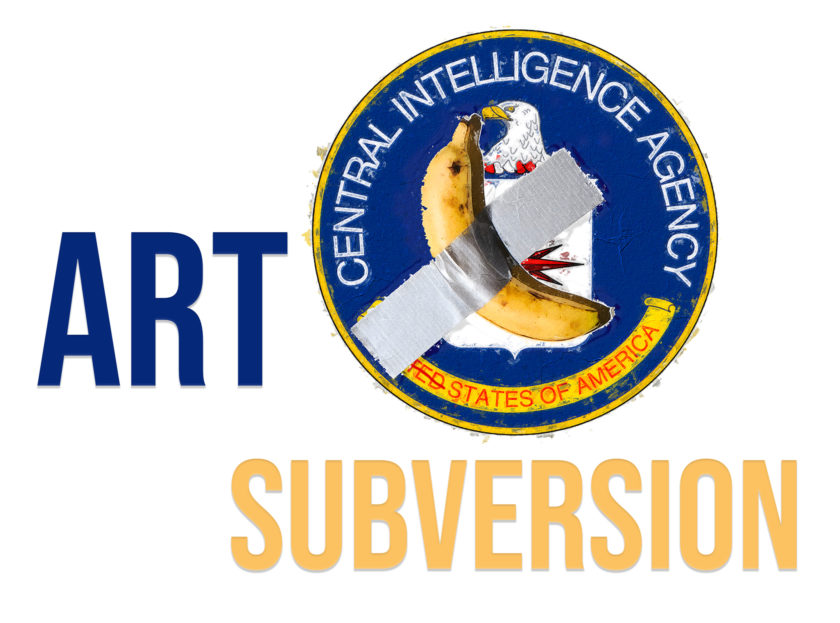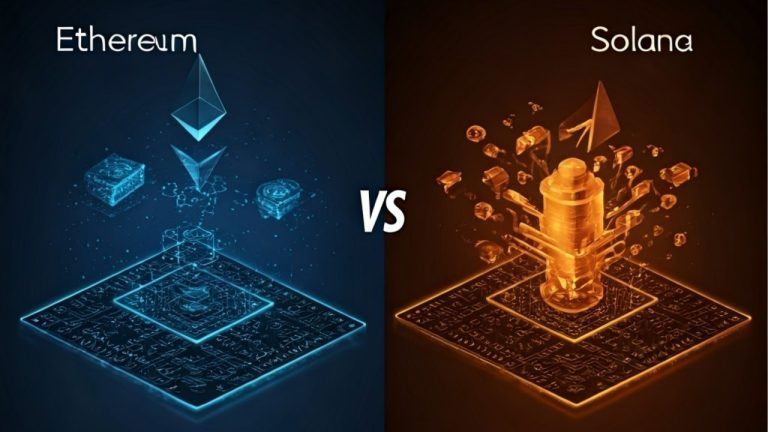It was an exciting year for crypto. Decentralized finance (DeFi) took off like a rocket ship, the non-fungible token (NFT) community accelerated forward and great strides were made on blockchain interoperability. The number of projects expanded exponentially, teams rapidly iterated to finding product-market fit and a wave of new talent entered the space to tackle important problems hindering blockchains from breaking into the mainstream.
There was one area, however, that did not receive much attention or improvements at all: scaling. We are not talking about scaling the number of transactions per second or lowering average fees. There are plenty of teams working across layer 1 and layer 2 systems attempting to solve those problems.
This post is part of CryptoX’s 2020 Year in Review – a collection of op-eds, essays and interviews about the year in crypto and beyond. Anatoly Yakovenko is co-founder and CEO of Solana. Raj Gokal is co-founder and COO of Solana.
We are referring to scaling decentralization or, more specifically, censorship resistance. The lack of focus in this area over the past few years is puzzling given that censorship resistance is the single most critical property of blockchain networks.
In 2017, Balaji Srinivasan and Leland Lee published a seminal piece titled, “Quantifying Decentralization.” One of the key takeaways from the post was to measure censorship resistance by the minimum number of entities required to compromise a critical component of the system. This is known as the “Nakamoto coefficient.”
Crypto influencers often cite the total number of nodes, geographic diversity and the size of core developer communities as key metrics in determining a blockchain’s decentralization. These are all important. However, the most meaningful factor is the economic distribution between viable nodes in a network. Even a sufficiently decentralized network in terms of the number of nodes could be corrupted if only a few maintain financial control over the decision-making process.
The top three Ethereum proof-of-work mining pools currently control 51% of the hash power. The situation isn’t much better on proof-of-stake chains. Seven out of the 125 active Cosmos nodes control over 33% of the total stake (the threshold to mount an attack). On Polkadot, it’s eight out of 258 nodes.
Viewing the current state of blockchains through this lens clearly shows the community as a whole hasn’t prioritized scaling censorship resistance.
While this concentration of power may not affect bitcoin for the store of value use case, it is definitely problematic for popular use cases on smart contract blockchains. For example, those three Ethereum mining pool operators have complete control over the ordering of all transfers going in and out of heavily used contracts like Uniswap.
They may not be abusing their power today, but giving a small cadre of network participants the ability to extract value from one market maker over another, or one exchange over another, completely undermines the reason why blockchains are useful in decentralizing finance. The current distribution of power will not work once trillions of dollars in price discovery are being pushed onto public blockchains in the near future.
And, no, sharding doesn’t solve the problem. Breaking up a chain into individual shards does not improve the system’s overall Nakamoto coefficient, and it’s very unclear if random rotation can improve the security of a network.
The reason for surfacing these bleak statistics is not to disparage other blockchains. The reality is the same for Solana, where the eight largest Solana validators control 33% of the total stake.
The purpose is to highlight the need to innovate in order to improve censorship resistance before it’s too late. Rapidly increasing crypto prices and the growth of our ecosystems are raising the stakes and will attract the attention of skeptical governments, adversarial corporations and swarms of incentivized hackers. Our chains’ censorship resistance will be tested to levels not yet experienced.
In order to allow DeFi products to attract billions of users and devices, we need to scale censorship resistance. In order to bring blockchain-based games to a global audience, we need to scale censorship resistance. In order to defend our networks against the vast spectrum of future attacks, we need to scale censorship resistance. It is the single most important problem to be solving, and our entire motivation for building Solana.
As an industry, we need to innovate to incentivize network participants to care and contribute, instead of concentrating capital into small groups of validators.
It’s time to refocus on the core issue facing blockchain adoption and sustainability. We hope this post serves as a call to arms for all blockchain developers and researchers to join us in experimenting and iterating aggressively to solve this fundamental problem.




